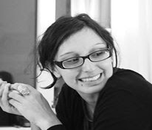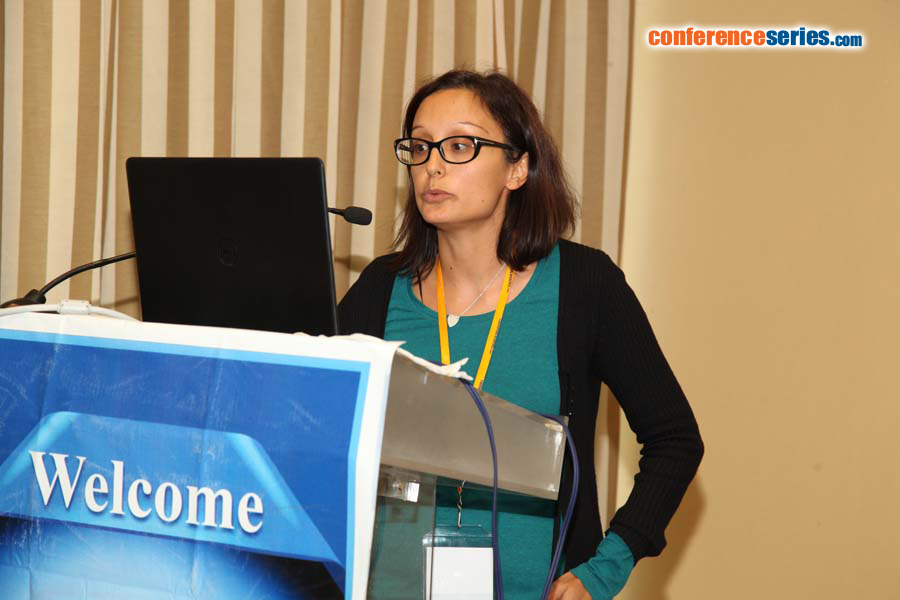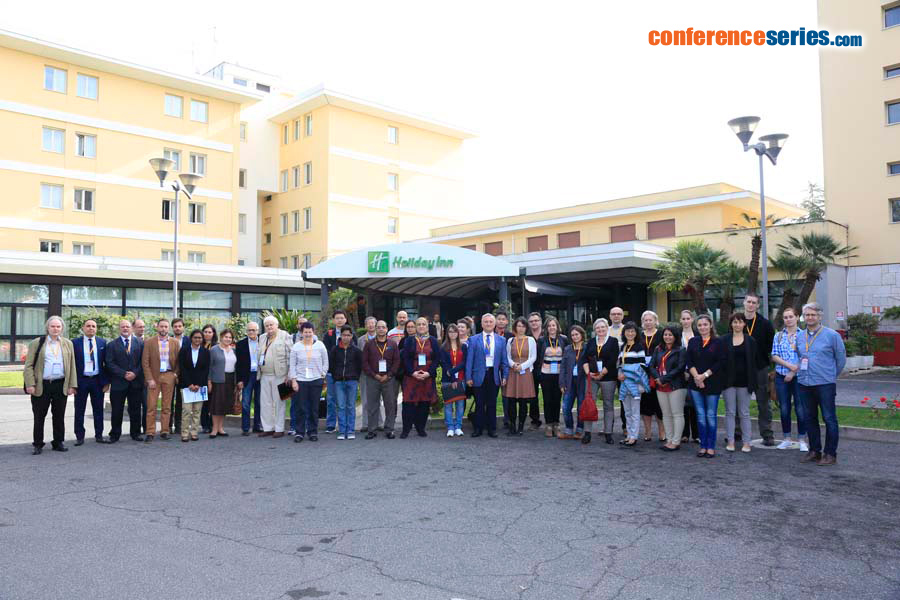
Elena Papaleo
Danish Cancer Society Research Center, Denmark
Biography
Elena Papaleo completed her PhD in 2006 and Post-doctoral from 2007-2009 at the Department of Biotechnology and Bioscience at the University of Milano-Bicocca (Italy) in the group of Prof. Luca De Gioia and Prof. Piercarlo Fantucci. She was then appointed as Adjunct Professor in Computational Biology at the University of Milano-Bicocca from 2010-2012. Afterwards, she was Senior Post-Doctoral Researcher in the group of Prof. Lindorff-Larsen at the Department of Biology of the University of Copenhagen (Denmark) from 2011-2015. She has been Visiting Researcher at many international institutes including the group of Prof. Salvador Ventura at the Institute of Biotechnology and Biomedicine (IBB, Barcelona, Spain) and the group of Prof. Francesco Luigi Gervasio at the Spanish National Cancer Research Center (CNIO, Madrid, Spain). In August 2015, she joined as Group Leader of the Computational Biology (CBL) Laboratory at the Danish Cancer Society Research Center (Copenhagen, Denmark). She has authored more than 50 scientific papers as main or senior author and she is Academic Editor of PLoS One, Frontiers in Molecular Biosciences (Nature publishing group), PeerJ and Journal of Molecular Graphics and Modelling. The main research of CBL focuses on “Molecular modelling and simulations integrated with experimental data and network theory to the study structure-function relationship in key cancer proteins as well as on the analyses of high-throughput sequencing and omics data from profiling of cancer patients”.




